Don’t you agree with me – you can never have enough recipes for preparing salmon? Fillets of salmon are one of my favorite fish (swordfish is by far my favorite, oh and maybe lobster, especially after eating it twice while we were in New England recently). I like salmon because it has ample texture – I’m not so crazy about soft fish. I eat them (like sole, tilapia, orange roughy), but they’re not my favorites.
So when my new friend Didi emailed me about a salmon recipe she’d made, I said sure I’d like to try it. And it was lovely. It came from an America’s Test Kitchen show, apparently. It’s attributed to Cook’s Illustrated, anyway. And it was tender and flavorful with lots of herbs to augment it. Plus, it’s very easy too – you may not think it when you look at the recipe, but it came together from start to finish in about 20-25 minutes. The fish is poached on a bed of sliced, fresh lemon, with some shallot and herb stems added in, plus a little white wine (I used vermouth) and water. Once cooked through, you remove the fish and boil down (reduce) the poaching liquid, squeeze the juices through a sieve and add more fresh herbs, some chopped-up capers, shallot, honey and a little jot of olive oil. That becomes the vinaigrette. Serve the fish with the vinaigrette on top. Done.
If I were a first-rate blogger I’d not be posting this until I made it a second time and altered just one thing – figured out how to alter it, that is. My only “beef” with the dish was that the vinaigrette flooded the plate. Well, maybe flooded is the wrong word – there wasn’t that much, but it moved on over to the cauliflower I’d put on the plate, rather than staying around the salmon. So, I think the vinaigrette (sauce) needs to be thickened just slightly – maybe 1/4 tsp of flour. Or cornstarch. Or butter might do it too. The other option would be to serve the fish in its own small dish to contain the vinaigrette. If you look at the photo at top, you can’t even see the vinaigrette because it had already migrated across the plate. Of course, the salmon was partly on a hill, so there’s no way the juices could stay put.
The salmon was served with my quickie take on one of Kalyn’s recipes for cauliflower (steamed, mashed with a potato masher, added in light sour cream, a bit of shredded Cheddar) plus some delicious sweet and sour cabbage a friend gave us. Altogether a nice dinner. And the salmon was low calorie too, plus the fact that salmon is so good for us!
What I liked: the mild, flavorful vinaigrette – it didn’t detract from the salmon at all. The dish was so easy to make, too.
What I didn’t like: the sauce was a bit too thin (see my discussion in the 2nd paragraph above). Add a little flour maybe, or cornstarch. Or butter. To thicken the juices just slightly. Or, serve the salmon in its own little dish. That would be the simplest if you have such dishes.
printer-friendly PDF
MasterCook 5+ import file – click to run MC or right click to save file
Poached Salmon with Herb and Caper Vinaigrette
Recipe By: From America’s Test Kitchen
Serving Size: 4
NOTES: My suggetion – serve the salmon in its own small dish (to contain the vinaigrette); or add just a smidge of flour or cornstarch to the reduced-down pan juices, otherwise the vinaigrette will go slithering around the plate. I used smaller salmon fillets (about 4 ounces each) than suggested, which were much thinner, so they took less time to poach.
2 whole lemons
2 tablespoons fresh parsley — chopped, stems reserved
2 tablespoons fresh tarragon — chopped, stems reserved
2 small shallots — minced (about 4 tablespoons)
1/2 cup dry white wine
1/2 cup water
1 3/4 pounds salmon fillets — about 1 ½ inches at the thickest part, remove the white membrane, and cut fillet crosswise into 4 equal parts
2 tablespoons capers — rinsed and roughly chopped
1 tablespoon honey
2 tablespoons extra-virgin olive oil
salt and freshly ground pepper
1. Cut the bottom and the top off of one lemon, and cut the lemon into 8 to 10 ¼ inch slices. Cut the remaining lemon into wedges and set aside. Arrange the lemon slices in a single layer across the bottom of a 12-inch skillet. Scatter the herb stems and 2 tablespoons of the minced shallots evenly over the lemon slices, and add the water and wine.
2. Place the salmon fillets in the skillet, skinned side down on top of the lemon slices, and set the pan over high heat and bring the liquid to a simmer. Reduce the heat to low, cover, and cook until the sides of the salmon are opaque but the center of the thickest part is still translucent, 11 to 16 minutes. Remove the pan from the heat and carefully remove the salmon and lemon slices to a paper towel lined plate, and cover loosely with aluminum foil.
3. Return the pan to high heat and simmer the cooking liquid until slightly thickened and reduced to 2 tablespoons, about 4 to 5 minutes. Meanwhile, combine the remaining 2 tablespoons minced shallots, chopped herbs, capers, honey and olive oil in a medium bowl. Strain the cooking liquid through a fine mesh strainer into the bowl with the herb mixture. Press the solids to extract all of the liquid. Whisk to combine and season with salt and pepper to taste. Lightly salt and pepper the salmon, and remove the lemon slices from the bottom of the salmon. Place the salmon on a serving platter or individual plates and spoon the vinaigrette over the top. Place the lemon wedges on the platter or plates, and serve.
Per Serving: 337 Calories; 14g Fat (38.7% calories from fat); 40g Protein; 9g Carbohydrate; trace Dietary Fiber; 103mg Cholesterol; 177mg Sodium.





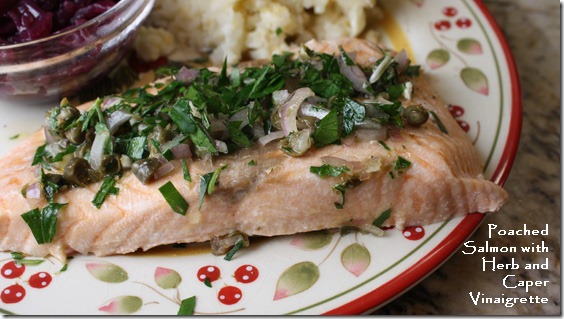

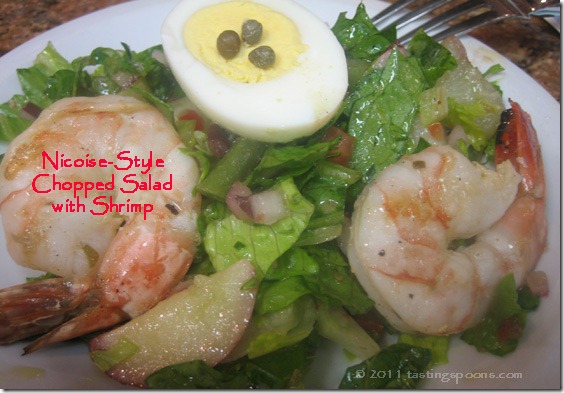
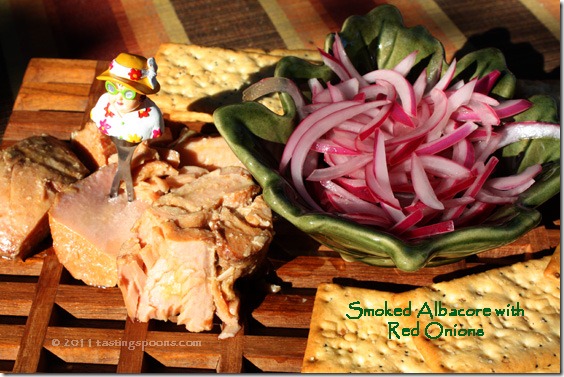
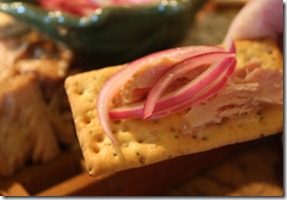
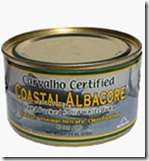
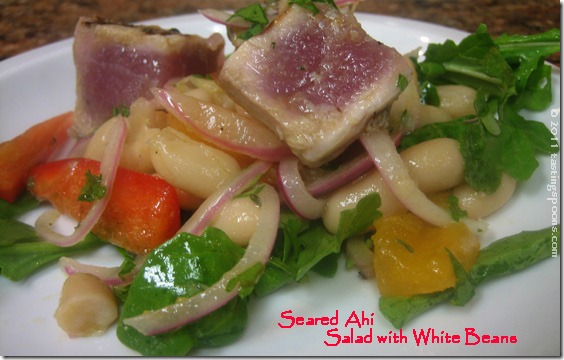
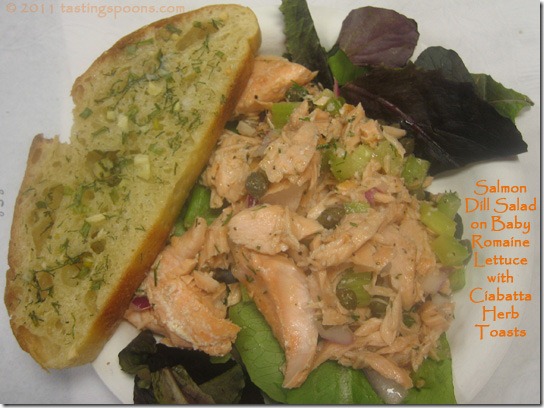
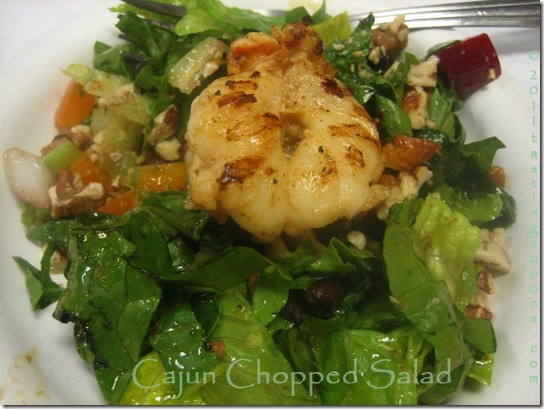
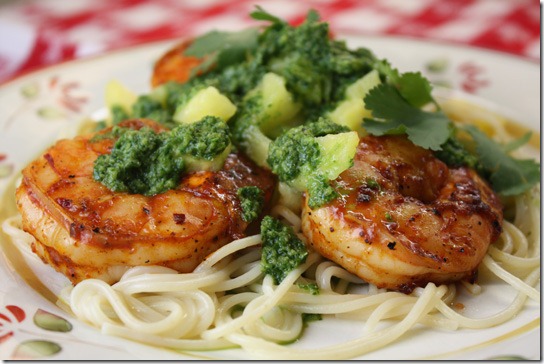
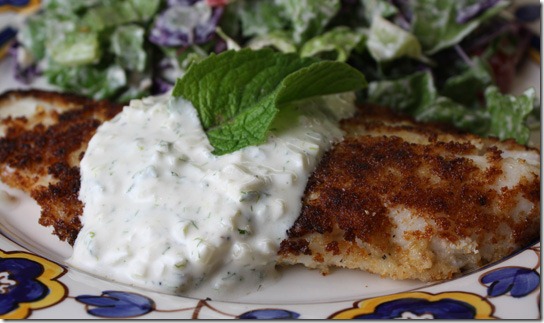
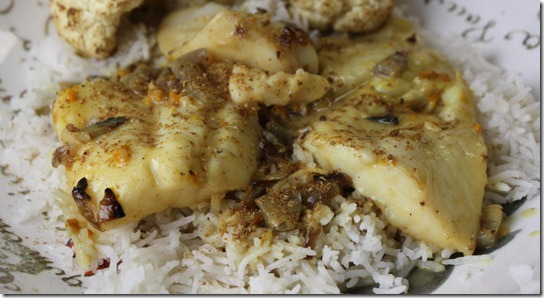
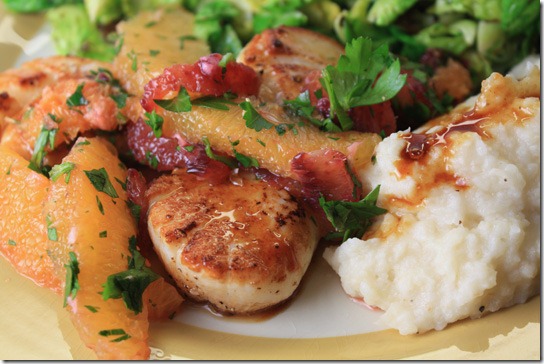
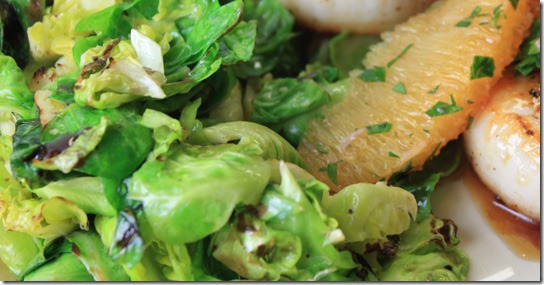

Leave a Comment!